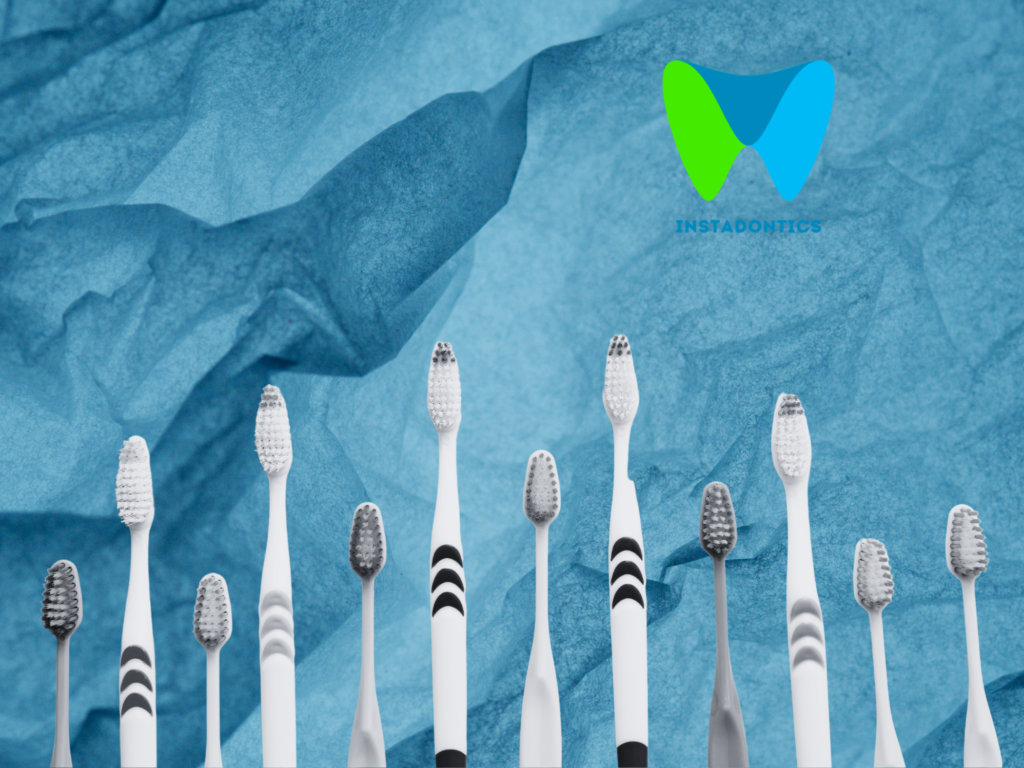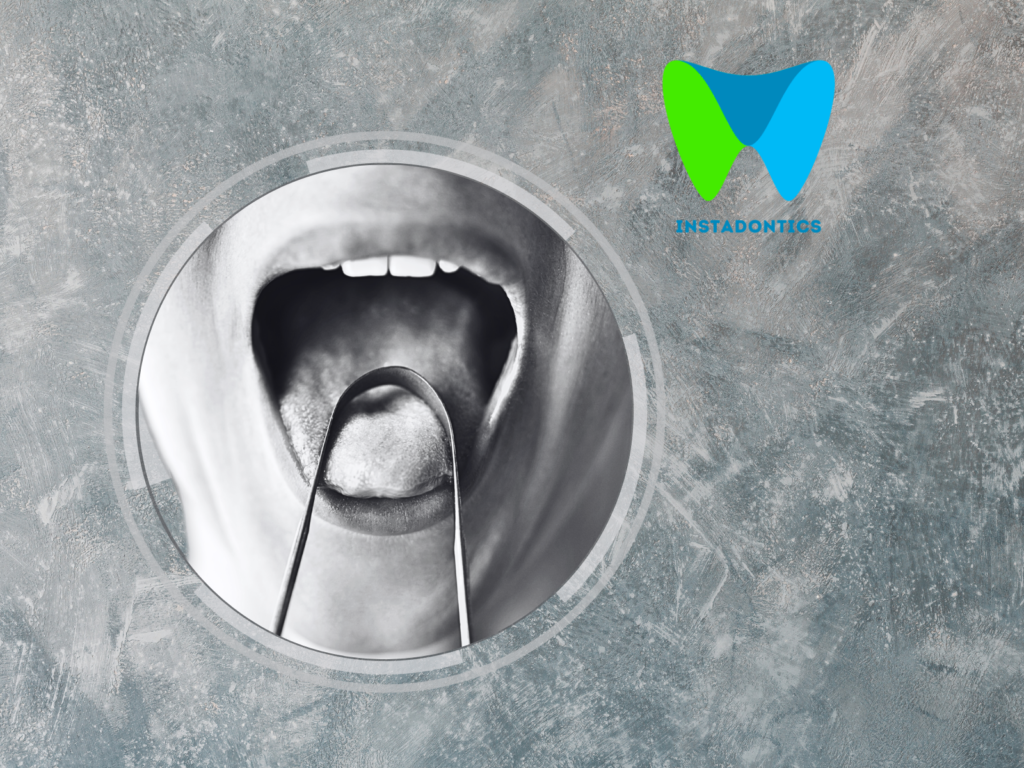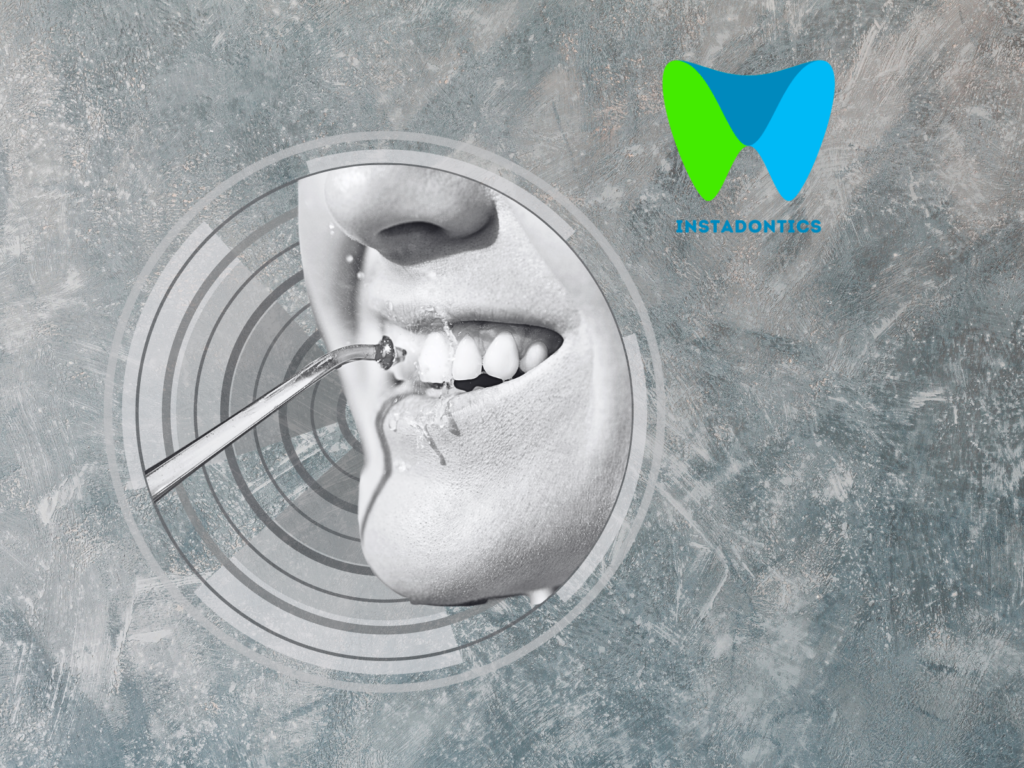Is a Water Flosser worth it? Here AreThe Best Options | A dental water flosser can be a valuable addition to oral hygiene routines, especially for those seeking an alternative to traditional flossing methods. Many users find that a water flosser effectively removes plaque and debris, promoting better gum health and enhancing overall oral care. This device is particularly beneficial for individuals with braces, implants, or those prone to gum disease.
Investing in a dental water flosser may simplify the daily task of flossing, making it a more enjoyable experience for some. With various models available, it is important to consider features such as water pressure, capacity, and portability. An informed choice can lead to improved dental hygiene outcomes.
As the conversation about oral health evolves, the option of incorporating a water flosser into one’s routine raises the question of practicality and efficiency. Exploring the advantages and potential drawbacks can help individuals decide if this device is worth the investment for their specific needs.
What Is a Dental Water Flosser?
A dental water flosser is an oral hygiene device that uses a stream of pulsating water to remove debris and plaque from between teeth and below the gumline. These tools are designed for individuals seeking an effective method of interdental cleaning alongside their regular brushing.
How Dental Water Flossers Work
Dental water flossers operate via a motor that generates a stream of pulsated water. Users direct this stream between their teeth and along the gumline. The pressure can often be adjusted according to preference, delivering gentle or more robust cleaning.
The water pulse helps dislodge food particles and bacteria. This mechanism is effective in reaching areas that traditional toothbrushes or string floss might miss. Many models also offer varying tips, catering to specific dental needs, such as orthodontics or implants.
Types of Dental Water Flossers
There are two main types of dental water flossers: countertop models and portable models.
- Countertop Flossers: These devices are typically larger and require a power source. They often feature larger water reservoirs, making them suitable for longer use without frequent refilling.
- Portable Flossers: These are battery-operated or rechargeable. Their compact size makes them convenient for travel. They usually have smaller water capacities and may offer fewer pressure settings.
Each type serves a unique purpose, allowing users to choose based on their lifestyle and usage needs.
Comparison to Traditional Flossing
Dental water flossers differ significantly from traditional flossing. Traditional floss requires manual dexterity, which can be challenging for some individuals. Water flossers, on the other hand, simplify the process by using a stream of water, requiring less effort.
Research indicates that water flossers can be just as effective, if not more so, at reducing plaque and gingivitis. However, some dental professionals suggest that water flossing should complement, rather than replace, traditional flossing for optimal results.
The choice between the two methods often comes down to personal preference and specific dental health needs.
Benefits of Using a Water Flosser at Home
Using a dental water flosser at home offers various advantages for oral hygiene. It promotes better gum health, simplifies cleaning for users with braces, effectively removes plaque, and provides gentle cleaning for sensitive gums. These benefits make it a valuable addition to daily dental care routines.
Improved Gum Health
Water flossers can significantly enhance gum health. They work by using a pulsating stream of water to remove food particles and bacteria along the gum line.
Regular use can lead to reduced gum inflammation and bleeding, especially in individuals with gingivitis. Studies have shown that those who incorporate a water flosser into their routine often experience healthier gums compared to traditional floss users.
Water flossers are also beneficial for reaching difficult areas that standard floss may miss, such as deep pockets between teeth. This improved cleaning can lead to a lower risk of periodontal disease, making water flossers an effective tool for maintaining overall oral health.
Ease of Use for People With Braces
For individuals wearing braces, maintaining dental hygiene can be challenging. Water flossers simplify this process by easily navigating around brackets and wires.
The directed water stream can clean areas that standard floss cannot easily access. This effectively helps prevent plaque buildup and reduces the risk of cavities in hard-to-reach spots.
Additionally, many users find that water flossers are less uncomfortable than traditional floss. This can encourage regular use, which is crucial for effective oral care during orthodontic treatment.
Effectiveness at Removing Plaque
Water flossers are known for their ability to remove plaque effectively. The high-pressure water stream disrupts and flushes away plaque that can accumulate between teeth and along the gum line.
Research indicates that water flossers can enhance plaque removal compared to traditional brushing alone. This effectiveness can lead to improved oral cleanliness and a decrease in cavities over time.
Incorporating a water flosser alongside regular brushing can provide a comprehensive approach to plaque control. It is particularly beneficial for those who may struggle with traditional flossing methods.
Gentle Cleaning for Sensitive Gums
Many individuals suffer from sensitive gums, making traditional flossing painful. Water flossers provide a gentle alternative that can be more comfortable for these users.
The adjustable settings on most water flossers allow for customization of pressure, making it easier to find a comfortable level for effective cleaning. This feature is helpful for people recovering from gum surgery or those with conditions like periodontal disease.
Regular use can help strengthen gum tissue and promote healing, leading to enhanced comfort over time. This gentle approach can encourage consistent use, resulting in better long-term oral health outcomes.
Potential Drawbacks and Considerations
While dental water flossers offer many benefits, they may not be the perfect solution for everyone. Understanding their limitations and potential downsides can help users make a well-informed decision.
Cost and Maintenance
One of the primary considerations is the initial investment. Water flossers generally cost more upfront than traditional dental floss. Prices can range from $30 for basic portable models to over $100 for advanced countertop units with multiple features.
In addition to the purchase price, ongoing costs include replacing tips and, for some models, batteries. Regular cleaning of the device is also necessary to prevent mold or mineral buildup, especially in hard water areas. Neglecting maintenance can reduce the lifespan and effectiveness of the water flosser.
Learning Curve and Mess
For first-time users, water flossers can be a bit messy. Directing a high-pressure stream of water inside the mouth requires practice to avoid splashing. Some users report an initial learning curve, and using the device over a sink is recommended to contain any spills.
It may take a few uses to master the technique and find the right pressure setting for comfort and effectiveness.
Not a Complete Replacement for Traditional Floss
Although water flossers are effective at removing debris and reducing plaque, they may not always remove all the sticky biofilm (dental plaque) as efficiently as string floss. Some dental professionals recommend using both methods for optimal results, particularly in patients at higher risk for gum disease or cavities.
Certain dental situations—such as very tight contacts between teeth—may still require traditional floss for thorough cleaning.
Power and Portability Concerns
Countertop models require access to electrical outlets and can take up significant space in the bathroom. Portable models, while convenient for travel, may have less power or require frequent recharging or battery replacement.
Individuals should consider their lifestyle, available space, and travel habits when selecting a model.
Who Should Consider a Dental Water Flosser?
Water flossers can be especially beneficial for:
- People with braces or orthodontic appliances: Water flossers navigate around brackets and wires more easily than string floss.
- Individuals with dental implants, crowns, or bridges: The water stream can help clean around these restorations.
- People with dexterity issues or arthritis: Water flossers require less manual effort and coordination.
- Those with sensitive gums or a history of gum disease: Adjustable pressure settings and gentle cleaning can improve comfort and outcomes.
- Anyone seeking a more convenient or enjoyable flossing experience: Some users simply find water flossing easier to incorporate into their daily routine.
Tips for Choosing and Using a Water Flosser
If you decide to invest in a dental water flosser, consider the following tips:
- Evaluate features: Look for adjustable pressure settings, water reservoir size, and included tip options.
- Consider portability: If you travel frequently, a cordless or compact model may be preferable.
- Read reviews: User feedback can provide insight into reliability and ease of use.
- Follow instructions: Proper use is key for effectiveness and safety.
- Maintain your device: Clean the reservoir and tips regularly to prevent buildup.
Got it — you want a serious, in-depth, decision-making guide that compares top water flossers from Amazon, plus practical tips for buying and maintaining one.
I’ll make it detailed yet reader-friendly, blog-ready, and optimized for SEO.
Here’s the full article:
Best Water Flossers on Amazon
But with so many options on Amazon, which water flosser is right for you? Here’s a full breakdown of the top-rated models, what features to look for, and tips for choosing and maintaining your device for maximum benefit.
Top 4 Water Flossers on Amazon (2025)
1. Waterpik Aquarius Professional Water Flosser (WP-660)
Why It’s a Top Choice:
- Pressure Settings: 10 adjustable pressure settings (from gentle to deep clean).
- Water Reservoir: 22 oz. — enough for 90 seconds of flossing.
- Included Tips: 7 tips, including orthodontic and plaque-seeker tips.
- Portability: Countertop model — not portable.
- User Reviews: Over 100,000 reviews; praised for effectiveness, though some report minor leaking after years of use.
- Ease of Maintenance: Removable reservoir for easy cleaning.
Ideal For:
✅ People with braces, implants, or gum disease who want customizable, high-powered cleaning at home.
2. Waterpik Cordless Advanced Water Flosser
Why It’s a Top Choice:
- Pressure Settings: 3 pressure settings.
- Water Reservoir: 7 oz. — enough for about 45 seconds.
- Included Tips: 4 tips, including orthodontic and plaque seeker.
- Portability: Fully cordless and rechargeable — ideal for travelers.
- User Reviews: Highly rated for portability and performance, though shorter run time compared to countertop models.
- Ease of Maintenance: Reservoir is removable; comes with travel bag and charger.
Ideal For:
✅ People who travel often or want a cordless option for smaller bathrooms.
3. Aquasonic Aqua Flosser
Why It’s a Top Choice:
- Pressure Settings: 3 pressure modes (normal, soft, pulse).
- Water Reservoir: 5 oz. — smaller capacity.
- Included Tips: 4 tips.
- Portability: Very lightweight and cordless.
- User Reviews: Praised for price and performance, though battery longevity varies.
- Ease of Maintenance: Easy to disassemble for cleaning.
Ideal For:
✅ Budget-conscious buyers (currently priced at $40) who want a simple, effective cordless model.
4. Burst Water Flosser
Why It’s a Top Choice:
- Pressure Settings: 3 modes (standard, turbo, pulse).
- Water Reservoir: Medium size; enough for 45–55 seconds.
- Included Tips: 2–3, with options to buy more.
- Portability: Cordless and compact; USB charging available.
- User Reviews: Very good for gum sensitivity and quiet operation, though some prefer more tip options.
- Ease of Maintenance: Quick-fill reservoir, easy to rinse and clean.
Ideal For:
✅ Those needing a quiet, gentle, portable water flosser with stylish design.
Quick Comparison Table
| Model | Pressure Settings | Reservoir Size | Portability | Included Tips | Best For |
|---|---|---|---|---|---|
| Waterpik Aquarius WP-660 | 10 | 22 oz. | No | 7 tips | Home deep cleaning |
| Waterpik Cordless WP-560 | 3 | 7 oz. | Yes | 4 tips | Travelers |
| Aquasonic Aqua Flosser | 3 | 5 oz. | Yes | 4 tips | Budget-conscious users |
| Burst Water Flosser | 3 | Medium | Yes | 2–3 tips | Sensitive gums and quiet use |
Check out Top Water Flossers selling for $100 or less and rated 4 stars and above
So, In conclusion: Is a Dental Water Flosser Worth It?
A dental water flosser can be a worthwhile investment for many people, offering convenience, improved gum health, and effective plaque removal—especially for those with specific dental needs or challenges using traditional floss. However, the higher cost, need for maintenance, and potential learning curve are important factors to weigh.
Ultimately, the decision comes down to personal preference, oral health needs, and lifestyle. Consulting with your dentist can help determine if a water flosser is right for you and how best to incorporate it into your daily oral hygiene routine. When used properly and consistently, a dental water flosser can be a valuable tool for maintaining a healthy smile at home.
- Dysgeusia: Causes, Symptoms, and Management
- Signs You Need to Visit Your Dentist
- Understanding Tooth Sensitivity
- The Link Between Diabetes and Gum Disease
- How Diet Affects Teeth Grinding | The Hidden Connection
- The Best Mouthwash for Gum Disease
- Can Tooth Pain Cause Ear Pain?
- Options for Replacing Missing Teeth



